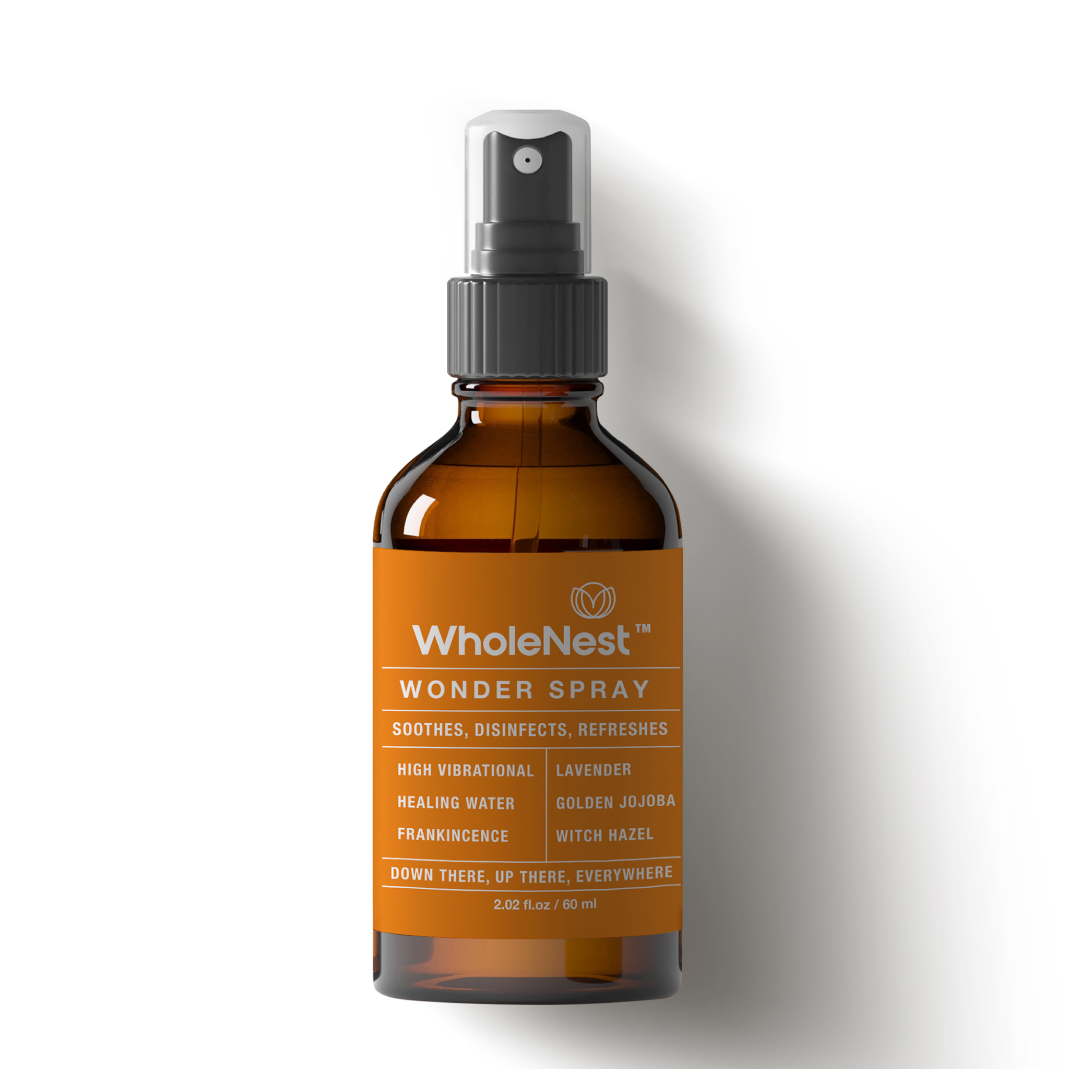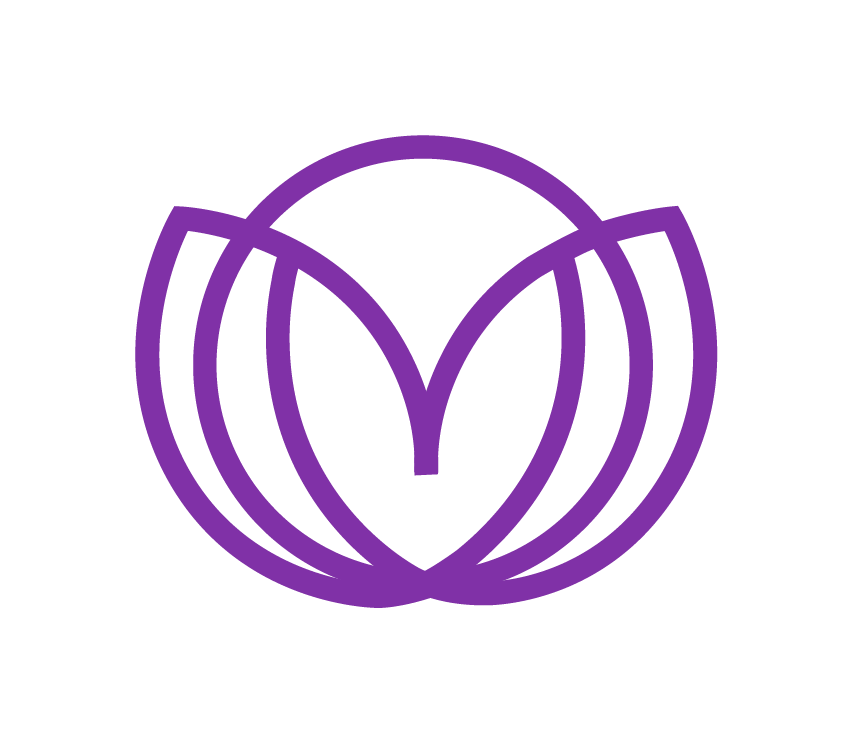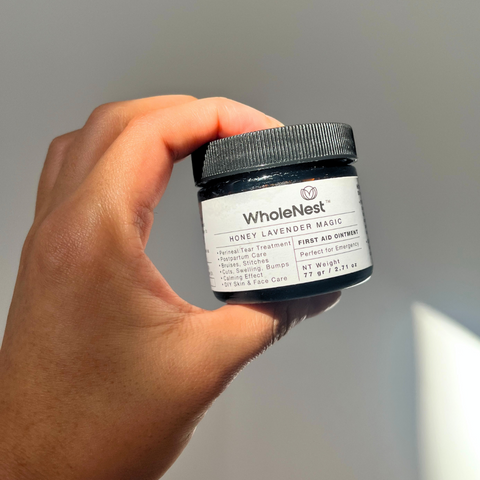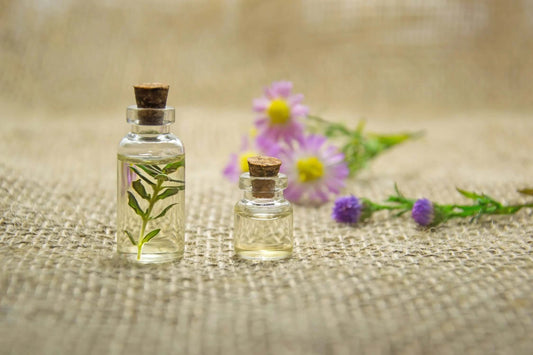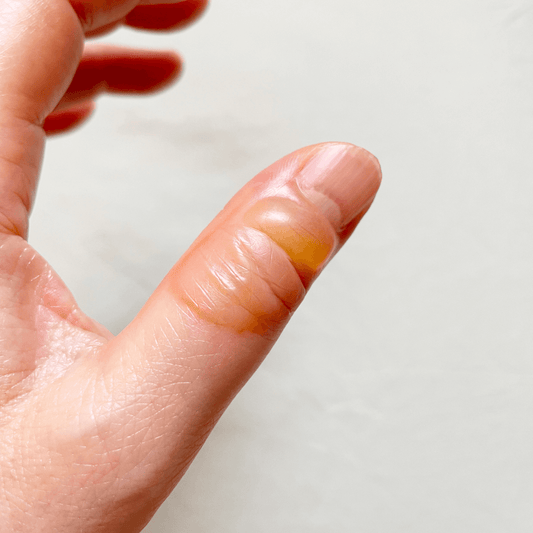Let's dive into a topic that might not be on the top of our "pregnancy chats" list but definitely deserves some airtime: vaginal tearing during childbirth. But don’t worry, because understanding this part of the birthing journey can actually help ease some of the worry that comes with it.
After you've given birth, your body goes through a lot of changes. One thing you may not be expecting is vaginal tearing. Here's what you need to know about why it happens and how to heal.
|
TABLE OF CONTENT |
1. What is Vaginal Tearing?
Vaginal tearing, though it may sound intimidating, is a term used to describe the laceration of the skin and tissues surrounding the vagina, vulva, or perineum during childbirth. Now, before your mind starts racing with worst-case scenarios, it's essential to understand that vaginal tearing comes in different degrees, each with its own implications for healing and recovery.
First-degree tears are relatively minor, involving superficial lacerations that only affect the skin. These typically heal on their own within a week or two and usually don't require stitches.
Second-degree tears are a bit deeper, extending through the skin and into the underlying muscle tissue. While they may require stitches, they generally heal within four to six weeks with proper care.
Third-degree tears are more severe, involving lacerations that extend from the skin through the muscle tissue to the anal sphincter, which controls bowel movements. Surgery is often required to repair these tears, and healing may take several months.
Fourth-degree tears are the most severe type, extending through the skin, muscle tissue, and anal sphincter, potentially involving damage to nearby organs like the rectum. Like third-degree tears, they require surgical repair and can take significant time to heal completely.

2. Why Does Vaginal Tearing Occur?
When your little one is making their grand entrance into the world, your body undergoes some incredible changes. One of the main reasons for vaginal tearing during childbirth is the sheer mechanics of the process.
As your baby travels through the birth canal, the tissues of your vagina, vulva, and perineum (the area between the anus and vulva) undergo significant pressure and stretching. Now, the perineum is particularly vulnerable to tearing because it lacks the elasticity of other tissues in your body. Think of it like a rubber band that's been stretched one too many times—it's bound to give way under pressure.
Additionally, in some cases, healthcare providers may perform episiotomies. This is a surgical incision made in the perineum to enlarge the birth canal. While episiotomies were once routine, they're now typically reserved for specific situations.
In essence, vaginal tearing is a natural consequence of the incredible journey your body goes through during childbirth.

3. How Can I Prevent Vaginal Tearing?
Now that we've covered what vaginal tearing is and why it occurs, let's shift gears and talk about what you can do to minimize the risk during childbirth. While some aspects of childbirth are beyond our control, there are proactive steps you can take to help your body prepare and potentially reduce the likelihood of experiencing severe tearing.
- Perineal Massage During Pregnancy: Consider incorporating perineal massage into your prenatal routine, starting around 34 weeks gestation. This involves gently massaging the tissues around the vaginal opening with a lubricant. Research suggests that perineal massage may help increase elasticity and flexibility, making it less likely for the perineum to tear during childbirth.
- Continuous Support During Labor: Having a supportive presence, whether it's a partner, doula, or another trained support person, can make a significant difference during labor. Studies have shown that continuous support during childbirth can reduce the need for interventions like episiotomies and decrease the risk of severe tearing by up to 50%.
- Exploring Different Birthing Positions: While the traditional lying-on-your-back position is common in many childbirth settings, it's worth exploring alternative positions that may help reduce pressure on the perineum. Squatting, hands-and-knees, and side-lying positions are examples of positions that may allow for more comfortable and effective pushing, potentially lowering the risk of tearing.
- Listening to Your Body: During the pushing stage of labor, it's essential to listen to your body's cues and push when you feel ready. Trying to force the pushing process or holding back can increase strain on the perineum and potentially lead to tearing. If you feel the urge to push or have a bowel movement, go with it—your body knows what it needs to do.
- Patience During Crowning: As your baby's head begins to crown, allowing for a slower, more gradual delivery can give the perineum time to stretch and adapt to the stretching forces. This may involve pausing between contractions to allow for controlled, gentle pushing, rather than rushing to deliver the baby quickly.
If, despite your best efforts, you find yourself facing the discomfort of a postpartum tear, know that you're not alone, and relief is within reach. From my own journey as a mother, I understand firsthand the challenges that come with recovering from childbirth, especially when tears are involved. That's why I want to share with you a little secret that has been an absolute game-changer for me and countless other moms: Honey Lavender Magic.
Well, let me tell you, from personal experience, Honey Lavender Magic has been an absolute lifesaver. After giving birth to my second child, I was introduced to the healing power of pure honey and created a jar with it with the ‘king’ of all oils- lavender. I used it on myself and again, felt better and so encouraged.
At that time, a good friend of mine just gave birth to her second child, v-back labor (her first labor was a c- section). Needless to say very painful and many stitches were done. A few days after the delivery she still couldn’t sit or walk properly. Being a good friend, I made her a few bottles of the products. She immediately felt relief! After 2 days only, she could walk and sit, she could also smile again and simply enjoy her newborn, without any trace of discomfort! Her recovery was fast and smooth. She herself couldn’t believe the difference with and without the products, and most importantly how fast they work! That made me think “Why can’t other women enjoy a natural rapid relief after birth?” Us moms deserve it! That thought led me to create this line of products to help women heal.
And that's what inspired me to create this line of products—to help women heal, feel better, and get back to enjoying those precious early moments with their little ones. Trust me, mamas, this stuff is pure magic in a jar.
